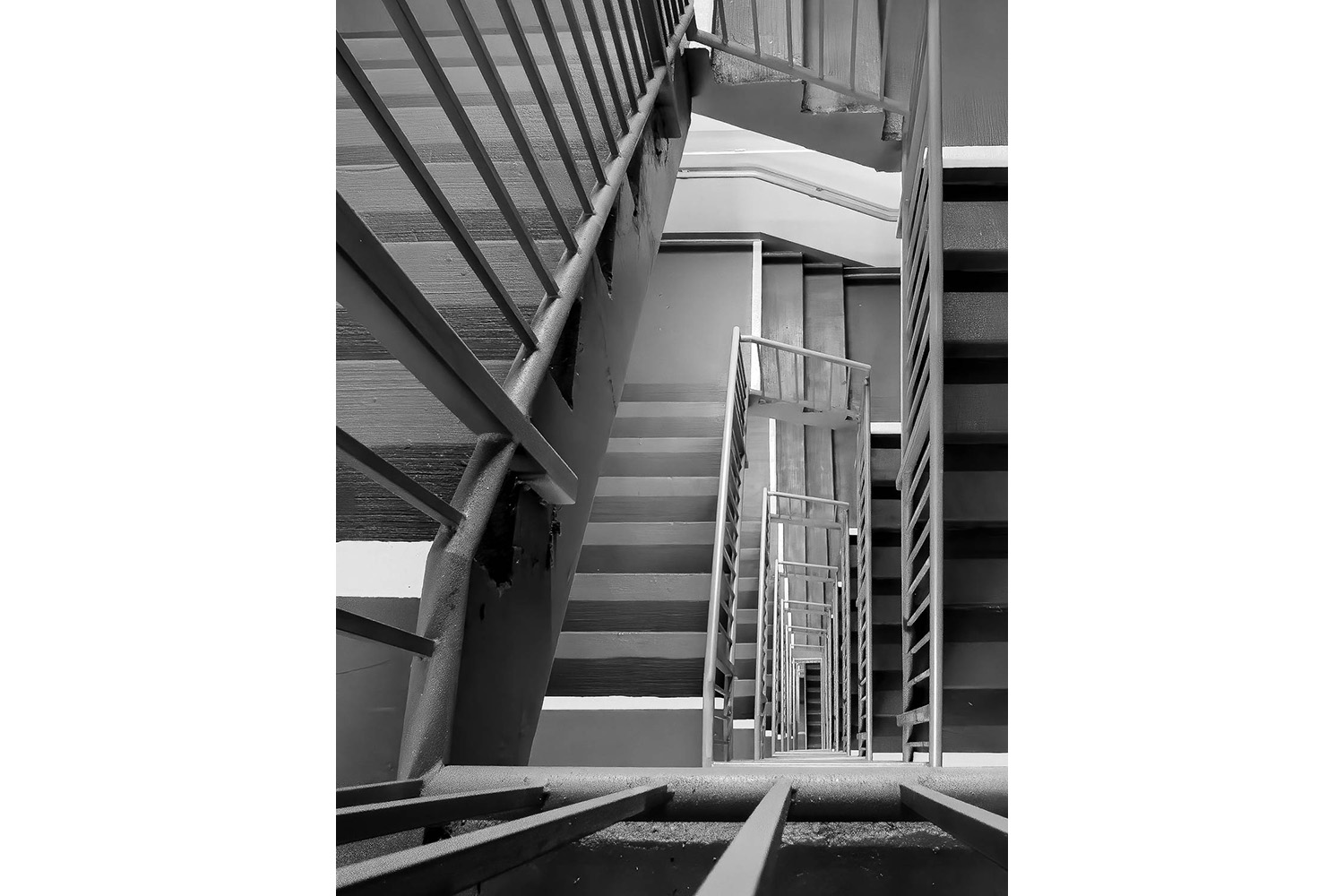Are you an avid hiker looking for the perfect hiking shoe to accompany you on your outdoor adventures? Look no further! In this blog post, we will dive deep into the world of hiking shoes and explore everything you need to know about them.
When it comes to hiking, having the right shoes can make all the difference. Pain points such as blisters, discomfort, and lack of support can quickly turn a pleasant hike into a painful experience. That's why it's crucial to invest in a good pair of hiking shoes that are specifically designed for the demands of the trail.
So, what should you look for in a hiking shoe? First and foremost, it should provide excellent traction to prevent slips and falls on uneven terrain. It should also offer ample cushioning and support to keep your feet comfortable and protected throughout your hike. Additionally, a good hiking shoe should be lightweight and breathable to keep your feet cool and dry.
In summary, when it comes to hiking shoes, you should prioritize traction, cushioning, support, lightweight design, and breathability. Now, let's dive deeper into each of these aspects.
Target: Traction, Cushioning, Support, Lightweight Design, and Breathability
When I first started hiking, I made the mistake of wearing regular sneakers. Needless to say, it didn't take long for me to realize that they were not suitable for the trail. My feet would constantly slide on loose rocks, and the lack of cushioning would leave them sore and tired after just a few miles.
That's when I decided to invest in a pair of hiking shoes specifically designed for the challenges of the trail. The difference was night and day! The shoes I chose had a durable rubber outsole with deep lugs, providing excellent traction on both wet and dry surfaces. The cushioning and support in the midsole kept my feet comfortable and protected from the impact of each step. The lightweight design allowed me to move swiftly and freely, while the breathable upper kept my feet cool and dry even on hot summer days.
Now, let's take a closer look at each of these aspects:
Traction:
One of the most important features of a hiking shoe is its traction. The outsole should have deep lugs or multidirectional treads that provide excellent grip on various surfaces, including loose rocks, muddy trails, and wet terrain. This will help prevent slips and falls, keeping you safe on the trail.

Cushioning and Support:
Long hikes can take a toll on your feet, so it's crucial to choose a shoe with adequate cushioning and support. Look for a shoe with a well-cushioned midsole that absorbs shock and provides stability. Additionally, a supportive arch and heel cup will help prevent fatigue and discomfort, allowing you to hike for longer periods without pain.

Lightweight Design:
Hiking can be physically demanding, so it's important to choose a shoe that won't weigh you down. Look for lightweight materials and construction techniques that reduce the overall weight of the shoe. This will allow you to move more easily and efficiently on the trail, conserving energy for longer hikes.

Breathability:
When you're out on the trail, your feet can quickly become hot and sweaty. That's why it's important to choose a shoe with a breathable upper that allows air to circulate and moisture to escape. This will help keep your feet cool and dry, reducing the risk of blisters and discomfort.

Conclusion: Finding the Perfect Hiking Shoe
When it comes to hiking shoes, there are several key factors to consider. Traction, cushioning, support, lightweight design, and breathability are all crucial elements that can make or break your hiking experience. By choosing a shoe that excels in each of these areas, you can ensure that your feet stay comfortable and protected throughout your outdoor adventures.
Remember, investing in a good pair of hiking shoes is an investment in your comfort and safety on the trail. So, take the time to research and try on different options to find the perfect fit for your feet. Your feet will thank you!

No comments:
Post a Comment